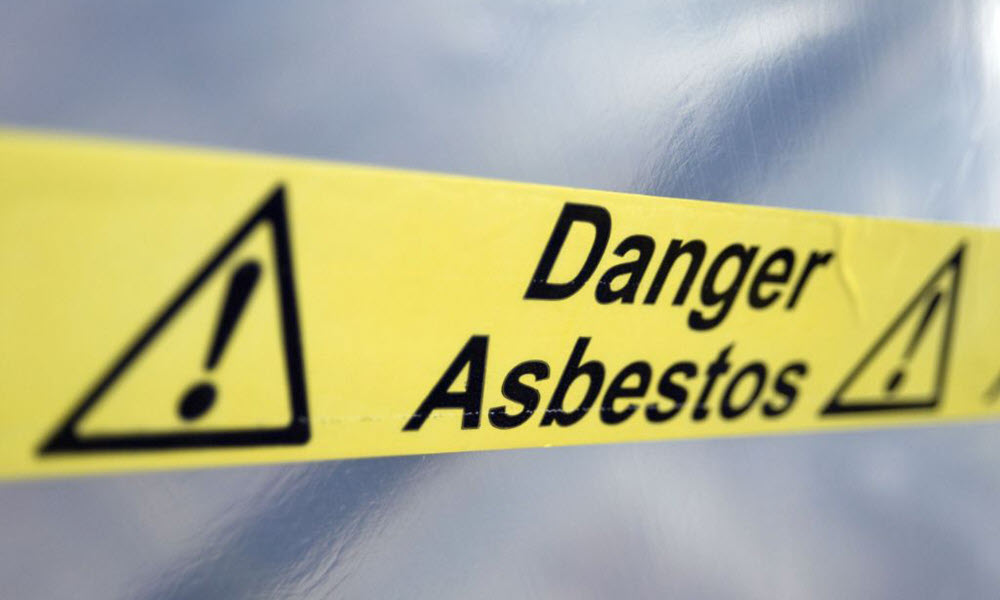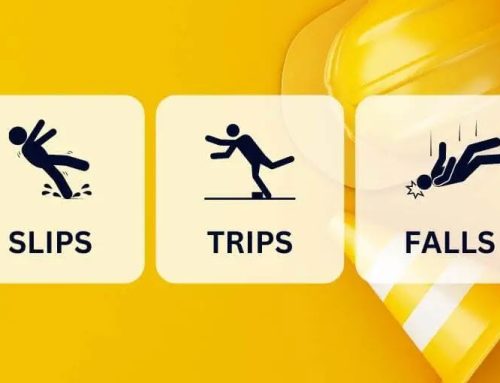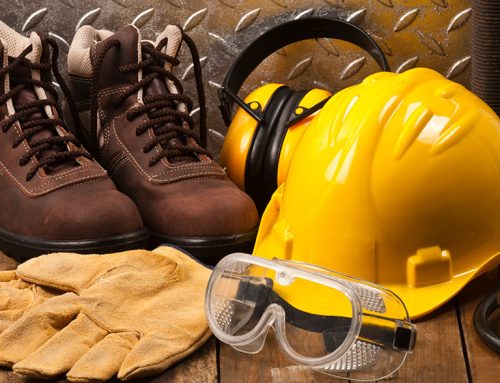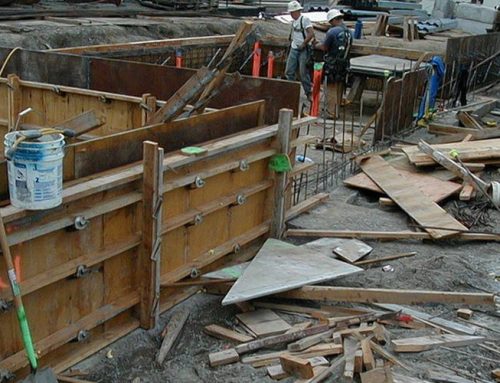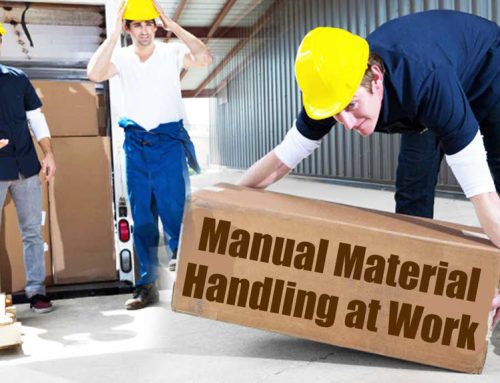Introduction
Asbestos is a natural fiber material that has been used a lot in construction materials over time, with purpose to insulate and be fire retardant.
Due to the strength of the asbestos fiber and its resistance to heat, the use of the material increased stedially up until the late 1980s where asbestos more or less where banned to use in building materials. This was after studies showed asbestos-containing materials are causing significant damage to a persons healt when processed. When processed, microscopic asbestos fibers become airborne and damages the lungs when inhated.
Before is was banned, asbestos was used widely of manufacturing goods such as building products, heat resistance fabric, friction products, gaskets and packaging coatings amongst many others.
What Type of Information and Asbestos Training is Required?
All employers must ensure that any personnel potentially exposed to asbestos within the workplace, or who manage these workers, must be provided with information and training so that they carry out their tasks safely and competent without risking themselves and others. Workers as well as supervisors must be trained to identify asbestos-containing materials and know-how to deal with asbestos containing material when they come across them to keep themselves safe as well as others.
There are three major categories of information and training as outlined below:
- Asbestos awareness toolbox talk
- Non-licensable work with asbestos
- Licensable work with asbestos
By only attending a training session, that will not make a worker competent. Competence is being built over time by implementing and integrating skills received during training, instructions and safety briefing.
It is important to ensure that the range of information and training is appropriate for tasks workers and supervisors are expected to carry out. A training needs analysis can support with identifying any gaps that must be covered to ensure workers have the approporiate knowledge and competence to conduct their work safely.
Asbestos Awareness Toolbox Talk
Information sessions such as a asbestos awareness toolbox talk or training programs for awareness of asbestos are required to ensure workers avoid disturbing asbestos containing material while carrying out general work that could interfear with material containing asbestos.
Information sessions such as a asbestos awareness toolbox talk will not qualify personnel to work with asbestos. If that is required, further training on asbestos is needed with a more in depth knowledge of how to handle asbestos.
There is a range of work where there is a potential of interfearing with asbestos, examples of those include, but are not limited to, the ones outlined below:
- General construction workers
- Painters, plasterers & decorators
- Electricians & plumbers
- Roofers & joiners
- Shop & gas fitters
- Demolition workers & building surveyors
- Architects & telecommunication engineers
- Heating and ventilation engineers
- Fire alarm installers
- Computer and data installer
An Asbestos Awareness Toolbox Talk Should Cover
- Characteristics of asbestos and their impact on health with increased risk of causing lung cancer for asbestos workers.
- Where asbestos is used, types of asbestos, the probability if is occurrence and asbestos related materials in plants, buildings and other industries.
- The common controls that should be taken to avoid interfering with asbestos.
- All workers must know how to avoid exposure risk to asbestos
Furthermore, workers who have to work where they will disturb asbestos will need a more in depth training about asbestos awareness which should take into consideration if the work is non licensed or licensed.
Training for Licensable and Non-licensable Asbestos Work
For workers carrying out licensable and non-licensable asbestos work, adequate and refresher training on how to deal with asbestos is a must. Here a training need analysis could be beneficial to assist identifying what is required. Where significant training needs have been identified, this may involve practical as well as theoretical classroom training. For others, information and training can be provided as a part of environmental, health and safety programs, or e.g. as part of a asbestos awareness toolbox talk or e-learning to refresh the memory of workers regarding the main expectations and principles when working with or around asbestos.
Refresher information and training sessions to licensable and non-licensable work should be given each year or more frequently if:
- The process of work changes.
- Types of machines or equipment’s used to control exposure changes.
- Type of work tasks performed changes frequently and gaps in competency is identified.
If you need a provide a toolbox talk related to asbestos, then our Asbestos Toolbox Talk might be of interest to you.
Alternatively, if you are looking for a range of ready to deliver toolbox talks, then you might be interested in our toolbox talk packages which include range of toolbox talks at a cost effective price.

